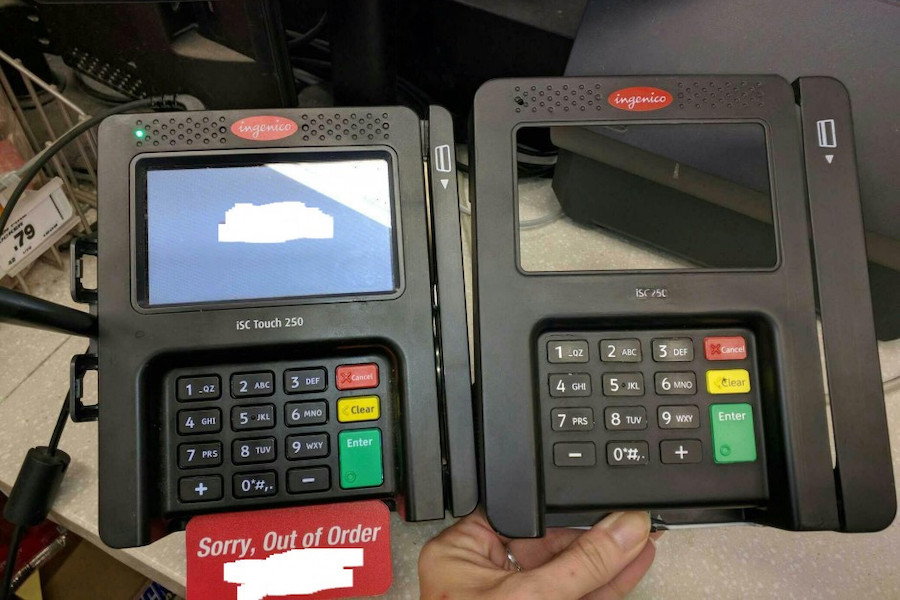Card fraud is getting more common around the world but the question still remains – how are strangers accessing your card information without your knowledge?
Pretty much all of us have heard the horror story – logging in to your banking app, only to see that your funds have been depleted or spotting transactions you didn’t make on your card statement.
Card Fraud Series:
• #1 How Does Credit & Debit Card Fraud Happen?
• #2 Card Fraud on the Rise: Crunching the Numbers
• #3 How to Avoid Credit Card Scams and Frauds Overseas
How Did My Card Information Get Compromised?
This is usually the number one question that gets asked – HOW? You were so careful. The card was with you at all times, and you’re sure no one else has used it. At least, you don’t remember sharing your card information. So how could you have been the victim of card fraud?
Well, here’s a few ways your card information may have been compromised:
- Your card was cloned during physical transactions at a shop
- Someone gained access to your card details when you transacted with a shop or an online merchant
- Your card details were shared offline or online via social media, email, etc.
- Your card was stolen
- You may have been misled or convinced to conduct transactions on the fraudulent party’s behalf
What’s Card Skimming?

In some cases, card information is stolen by skimming your card. Card skimming occurs most often at ATMs and petrol stations using a card skimmer device. These replicas are placed over the original card reader and they can capture your card information when you make a transaction.
A good way to ensure there isn’t a card skimmer device is to check if there appears to be any loose parts on the card reader. Even if there isn’t any, it’s also good practice to use your hand to cover the keypad (when you need to enter your PIN) to avoid peeping eyes.
In addition, you should always be alert when making card payments, especially when you’re travelling overseas. That’s because dishonest cashiers or staff aren’t uncommon and they can also skim your card information!
Sharing Your Card Details… or Not?
We’re not telling you not to trust your friends – however, we are suggesting you make sure that you’re braced for the possibility of card fraud if you choose to share your card information. Any time that card information is shared with anyone else runs the risk of your card being used fraudulently.
Not to mention that sharing card details via social media means that anyone who follows you has access to your card information. When you’re showing off your purple YouTrip card on Instagram, remember to cover or blur out your card’s 16 digits!
Securing Online Transactions
Many of us have used public wifi at some point, especially when we’re just chilling at a cafe or working on our laptops over a cuppa. However, you might want to reconsider using public wifi if you plan on buying anything online.
Some public wifi networks (if not most) are less than secure, and card information is easily leaked that way. We would suggest making the purchase using your personal mobile data if necessary.
In addition, it would also be prudent to avoid buying on unsecure websites. One good indicator would be to check the URL.
Website URLs that start with “https.” use TLS (Transport Layer Security) to encode your information. Meanwhile, URLs that start with “http.” do not. Using an unsecured (unencrypted) website can be pretty dangerous because there’s nothing stopping people from accessing your information.
How To Protect Your Card Information Safely
Now that you have all the facts, you must be wondering what steps you can take to keep your card information secure. While it may be a hassle at times, it’s always better to be safe than sorry.
- Avoid saving your card credentials on your personal or work devices
- Avoid installing applications that allow third parties to have remote access to your device
- Pay attention to authentication prompts to ensure you are authorising the correct transaction or activity
- Lock your Youtrip card whenever you are not using it
- Avoid sharing card information with others or over social media
- Ensure there are no unauthorised purchases on your card by checking your transaction history thoroughly and regularly
- Pay attention to all physical card transactions when the transaction is being made to prevent card skimming
- Contact us immediately if your card is missing or you spot unauthorised transactions
What’s YouTrip Doing About It?
The good news is that YouTrip has security measures in place to prevent fraudulent transactions from going through. One of the ways we safeguard your YouTrip account (and your precious coin inside) is through YouTrip’s Fraud Monitoring System.
Through this system, suspicious behaviour are immediately detected and flagged – that’s also how YouTrip alerted the Singapore Police Force to identify credit card fraud worth over S$96,000 in February 2019.
In some cases, our YouTrooper staff might reach out to you just to ensure everything is okay with your account. And when our system spots suspicious activities, we may need to temporarily freeze your account to prevent further fraudulent transactions from happening.
If your account is frozen, don’t panic! While it may be frightening, we’re always here to keep your information secure. Sometimes, this means taking preemptive measures to keep your account safe.
You can always drop us an email at fraud-reporting@you.co or call us at our 24/7 hotline (+65 6904 9334) if you need any assistance!
Read: Best Travel Insurance Singapore 2020 | Comparison Guide
Read: Debit Card Overseas Transaction Fees: Comparison Guide
Read: How to Avoid Credit Card Scams and Frauds Overseas
Read: Carbon Offset Programme Types, Costs & Contributions
Read: Travel Insurance Coverages & What to Look Out For
Enjoy a travel experience with no fees worldwide!


















































